Understanding Calories in Wine: How Calorific is Wine?
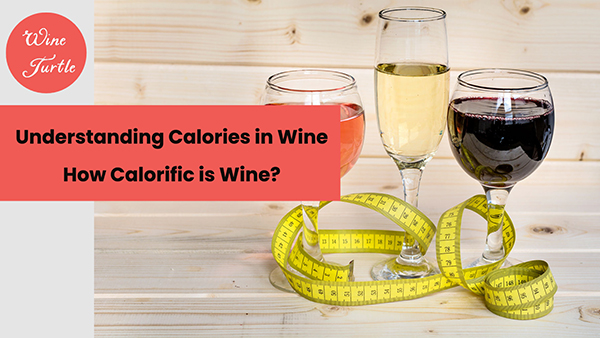
I'm afraid it's true! Wine contains calories!
In this guide, we'll explore the calorie content of various wines so you can make better decisions about your health.
We will delve into the various factors that affect the calorie count in wine, including alcohol content, sugar content, and serving sizes.
Additionally, I'll provide practical tips for reducing calorie intake without sacrificing taste, such as opting for lower calorie wine varieties.
What are Calories?
Calories are a unit of measurement used to describe the amount of energy obtained from food and drink.
Specifically, a calorie is defined as the amount of energy required to raise the temperature of one gram of water by one degree Celsius.
In the context of nutrition, calories are used to describe the amount of energy obtained from macronutrients such as carbohydrates, proteins, and fats.
There are a few different methods to measure the calorie content of food and drink. One common method is to use a bomb calorimeter, which measures the amount of heat produced when a food or drink is burned.
Another method is to use a database of nutritional information, which can provide an estimate of the calorie content based on the macronutrient composition of the food or drink.
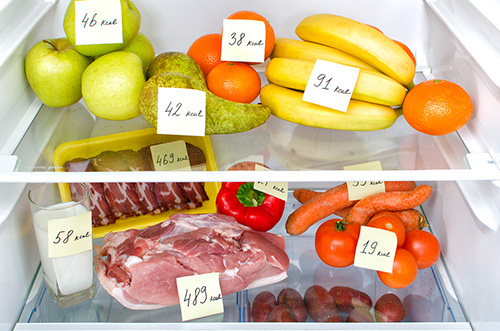
How to Understand Calories in Wine
As we stride further into the twenty-first century, with health and fitness becoming as pivotal as the pursuit of the perfect Pinot Noir, understanding calories in wine is a topic of unignorable importance.
Much like the intricacies of terroir and the impact of vintage, the caloric content of wine is a science in itself. Let's uncork this bottle and pour out the facts, shall we?
Firstly, it's crucial to understand what contributes to a wine's calorie count.
Fundamentally, alcohol is calorically dense, with seven calories per gram, landing second only to fat in terms of energy content.
Therefore, the alcohol level in wine is a significant determinant of its calorie count. The higher the alcohol by volume (ABV), the higher the calorie content.
For example, a voluptuous, full-bodied Zinfandel with an ABV of 15% can have nearly twice the calories of a light, crisp German Riesling at 8% ABV.
But, it's not just about alcohol.
Residual sugar also plays its part, sneaking in four calories per gram.
Consequently, your sweet Sauternes or luscious Icewine will inevitably come with a higher calorie price tag than a bone-dry Savennières.
However, fret not, wine lovers. It's not all about restraint and calorie counting.
The beauty of wine lies in its variety and versatility. By understanding the basics of alcohol and sugar content, you can make informed choices.
Choose a lower ABV wine or a drier style if you're concerned about calorie intake, but remember, wine is to be enjoyed, not feared.
Now, I must remind you, that our understanding of wine should not be solely numerical. Calories, like tannins, acidity, and alcohol, are just one facet of the grand mosaic that makes up a wine.
Wine, after all, is an experience—an invitation to travel through time and space, a sip imbued with history and culture.
So, in the end, don't let the calorie count drain the joy from your glass. Instead, let it guide you, much like the subtleties of a wine's nose or the depth of its colour, in making an informed choice that aligns with your lifestyle.
As always, moderation is key, for the ultimate pleasure derived from wine is savouring it responsibly and appreciatively.
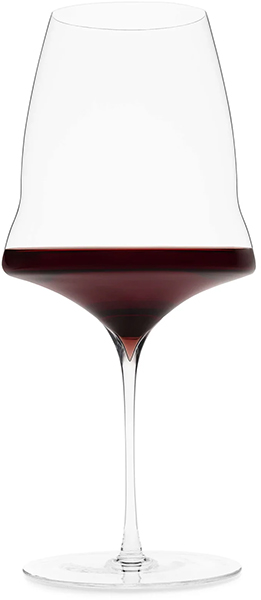
How Many Calories in a Glass of Wine?
Let's dust off the numbers and delve into the caloric composition of a standard glass of wine.
To start, we must establish our baseline — the standard serving size.
In the world of wine, a serving is typically 5 ounces, or 148 milliliters.
This modest pour is your measure for gauging the calorie content listed on your wine label.
Now, onto the heart of the matter — the calories.
Fundamentally, they come from two sources: alcohol and sugar.
With seven calories per gram, alcohol is the primary calorie contributor.
Each gram of residual sugar, the sugar left after fermentation, contributes four calories.
A rough calculation might look like this: if your wine label states the alcohol by volume (ABV) and the residual sugar, you can estimate the calories.
For example, a 5-ounce serving of a dry wine with 12% ABV will typically have around 120-125 calories, while a similar serving of a sweet wine with the same ABV could have up to 165-170 calories.
Now let's turn the spotlight on some specific examples:
Remember, these are approximate calculations. Individual wines can vary based on factors such as grape variety, vintage, and winemaking techniques.
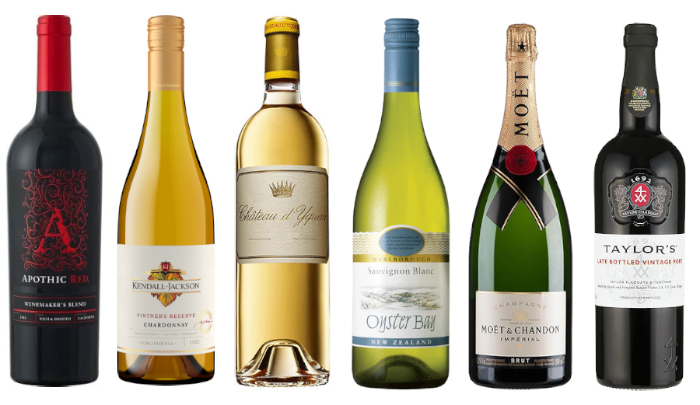
How Many Calories in a Bottle of Wine?
A standard bottle of wine holds 750 milliliters, which equates to approximately five 5-ounce servings.
To calculate the calorie content of a bottle of wine we use the same process we used for a wine glass but use the volume of 750 milliliters instead (or multiply our glass calorie value by five).
A rule of thumb is that a 5-ounce serving of dry wine with 12% alcohol by volume (ABV) harbours about 120-125 calories. Multiply this by five servings, and you have approximately 600-625 calories in a bottle.
For a high-alcohol, full-bodied wine like a Zinfandel with an ABV of 15%, you might find about 750-800 calories in a bottle.
On the sweeter side, a bottle of dessert wine could pack over 1,000 calories, owing to its high sugar and alcohol content.
Here are some specific examples of calories in bottles of various wine types:
Remember, these are rough estimates. The actual calorie count can vary based on the specific wine's ABV, residual sugar, and even winemaking techniques.
Calorie Count in Different Types of Wine
In this section, we will explore the calorie count in different types of wine and compare them to other types of wine.
A. Red Wine
The calorie count in red wine can vary depending on the type of grape, the region it was grown in, and the alcohol content.
On average, a 5-ounce serving of red wine contains approximately 125 calories.
It is important to note that not all red wines are created equal when it comes to calorie count.
For example, a glass of Pinot Noir contains fewer calories than a glass of Zinfandel.
This is because Pinot Noir has a lower alcohol content and is made from grapes with a lower sugar content.
When compared to other types of wine, red wine generally has a higher calorie count than white wine and rosé.
However, it is important to keep in mind that the calorie count can vary greatly depending on the specific wine.
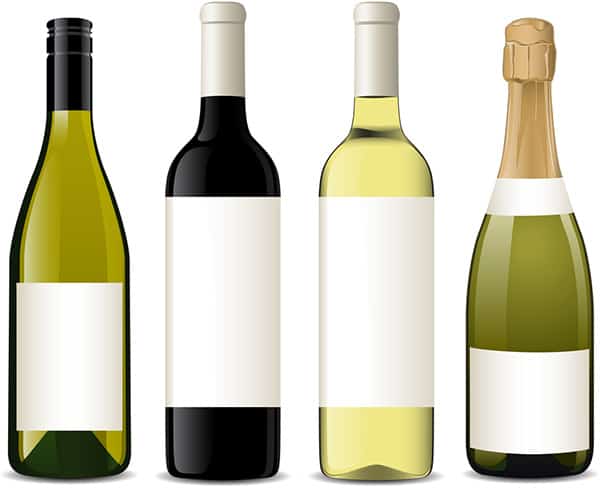
B. White Wine
White wine is a popular choice for those who prefer a lighter, crisper taste and that usually translates into a lighter calorie wine.
It is typically lower in calories than red wine, with an average of 120 calories per 5-ounce serving.
Sweeter white wines, such as Riesling and Moscato, tend to have a higher calorie count than drier white wines like Sauvignon Blanc and Pinot Grigio.
When compared to other types of wine, white wine generally has a lower calorie count than red wine and rosé.
C. Rosé Wine
Rosé wine is typically lower in calories than red wine, with an average of 125 calories per 5-ounce serving.
When compared to other types of wine, rosé wine generally has a similar calorie count to red wine.
D. Sparkling Wine
Sparkling wine, such as Champagne and Prosecco, is typically lower in calories than red wine, with an average of 120 calories per 5-ounce serving.
When compared to other types of wine, sparkling wine generally has a similar calorie count to white wine.
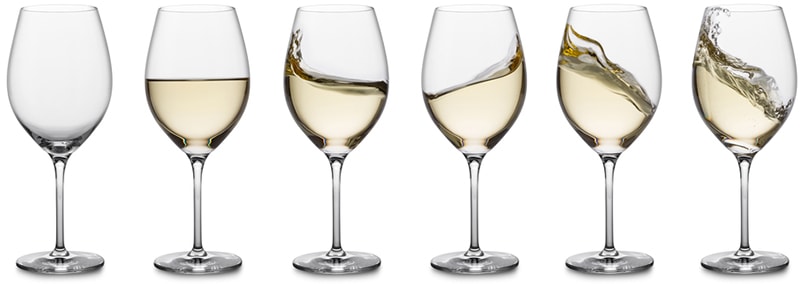
The Lowest Calorie Wine Options
Looking for a great wine that's low in calories? These are some of the lower calorie options available.
Just be aware that the actual calorie count can vary based on specific wines and vintages.
Always check the label for the most accurate information, and remember to enjoy your wine in moderation!
- 1Brut Nature Champagne: This is the driest category of Champagne, with less than 3 grams of sugar per liter, and an average ABV of around 12%. A glass typically contains about 90-95 calories, making this a great celebratory choice that doesn't overindulge in calories.
- 2Vinho Verde: This Portuguese white wine is light, refreshing, and often has an ABV of around 9-11%. Its lower alcohol content and minimal residual sugar equate to a lower calorie count, typically around 85-100 calories per glass.
- 3Muscadet: From the western end of the Loire Valley in France, Muscadet is an incredibly dry, light white wine with an ABV often around 12%. A standard serving can have about 100-115 calories.
- 4Provence Rosé: Rosé wines from Provence are typically dry and light-bodied, with an average ABV of around 12-13%. A glass can have around 110-125 calories, making it a great option for warm-weather sipping.
- 5Chianti: This Italian red wine is made primarily from the Sangiovese grape and usually sports an ABV around 12-13%. A glass of Chianti can deliver about 110-130 calories.
- 6Pinot Noir: Among red wines, Pinot Noir tends to be lower in both alcohol and tannins. With an ABV generally around 12-14%, a glass of Pinot Noir typically contains about 120-130 calories.
How to Choose a Lower Calorie Wine
For those of us aiming to enjoy the pleasures of wine while keeping an eye on calorie intake, there are several key factors to consider. Here are some tips for choosing wines on the lighter side:
- Look for Lower Alcohol Levels: The alcohol content contributes the most calories in wine. Wines with a lower Alcohol by Volume (ABV) will generally have fewer calories. An ABV of 12% or lower can be a good target.
- Choose Dry Over Sweet: Wines labelled as dry will have little to no residual sugar and hence fewer calories from sugar. Be aware that some wines labelled as semi-dry or off-dry may have a small amount of residual sugar.
- Consider the Varietal: Certain types of wine are typically lighter in both alcohol and sugar. For instance, Vinho Verde, Muscadet, and certain Provence rosés are usually lower in alcohol. Similarly, brut nature, brut or extra brut sparkling wines are generally low in sugar.
- Size Matters: Pay attention to the serving size. A standard serving of wine is 5 ounces (148ml), but it's easy to pour more, especially into a large wine glass. Keep your pours in check to keep the calorie count down.
- Explore Old World Wines: Wines from the 'Old World' (Europe) often have lower alcohol levels than their 'New World' counterparts. Regions like Italy, France, and Germany have many wines that are naturally lower in alcohol.
- Check the Label: If possible, check the wine label for information on ABV and residual sugar content. Not all wines will provide information about residual sugar but good wine should come with a tech sheet that will be available on the winery website.
- Ask for Advice: Don't be afraid to ask for recommendations. Whether you're at a wine shop, a restaurant, or a tasting, the experts on hand can often guide you to lower-calorie options.
Above all, it's important to remember that wine is meant to be enjoyed. While it's fine to seek out lower-calorie options, the best wine for you is ultimately the one that you enjoy the most.
Moderation and balance are key, so go forth and discover the world of wine that awaits, one mindful sip at a time.
